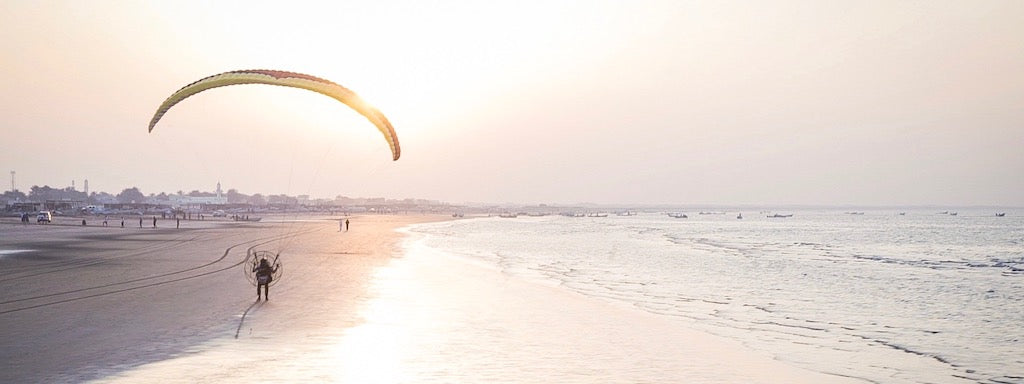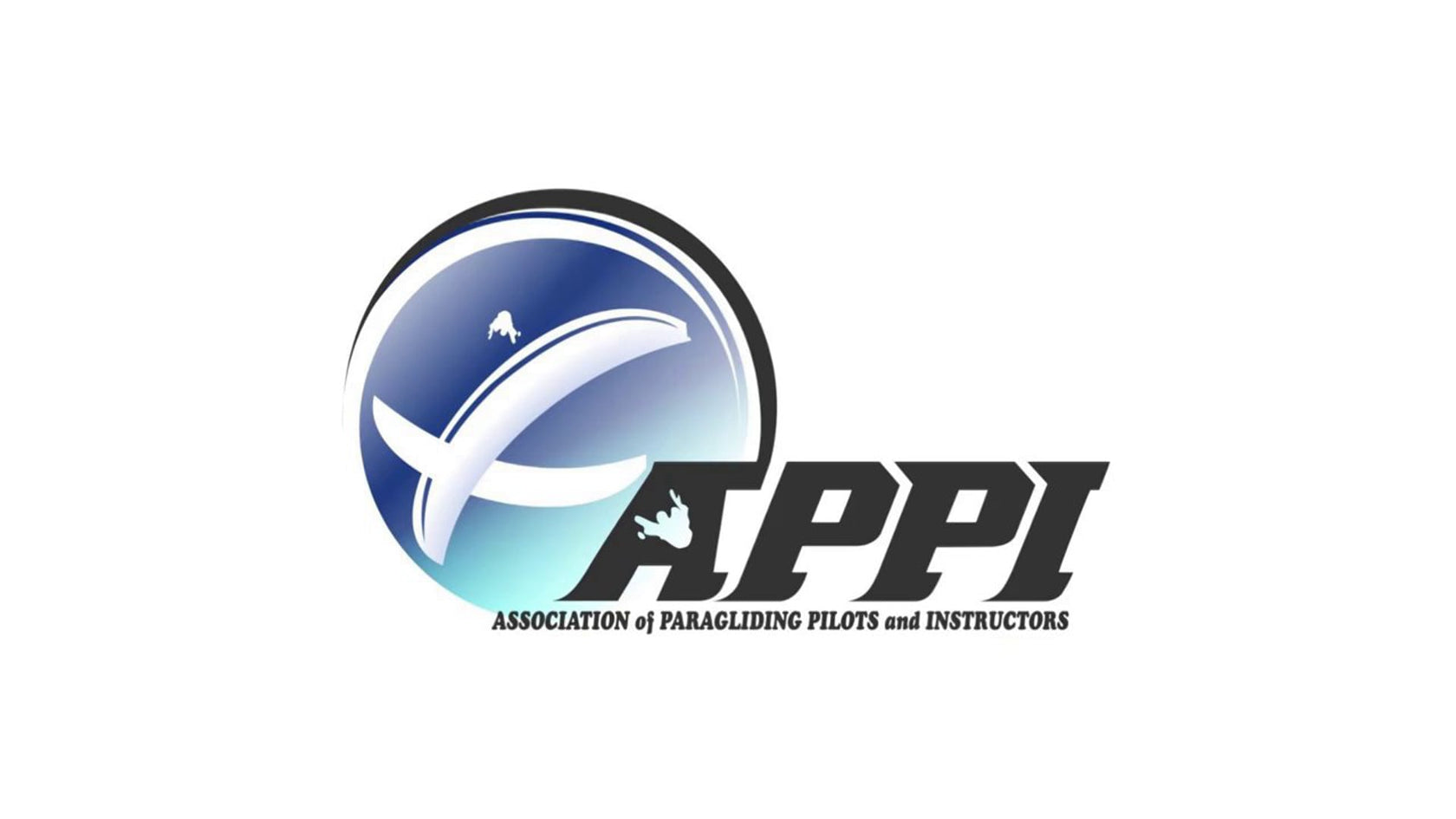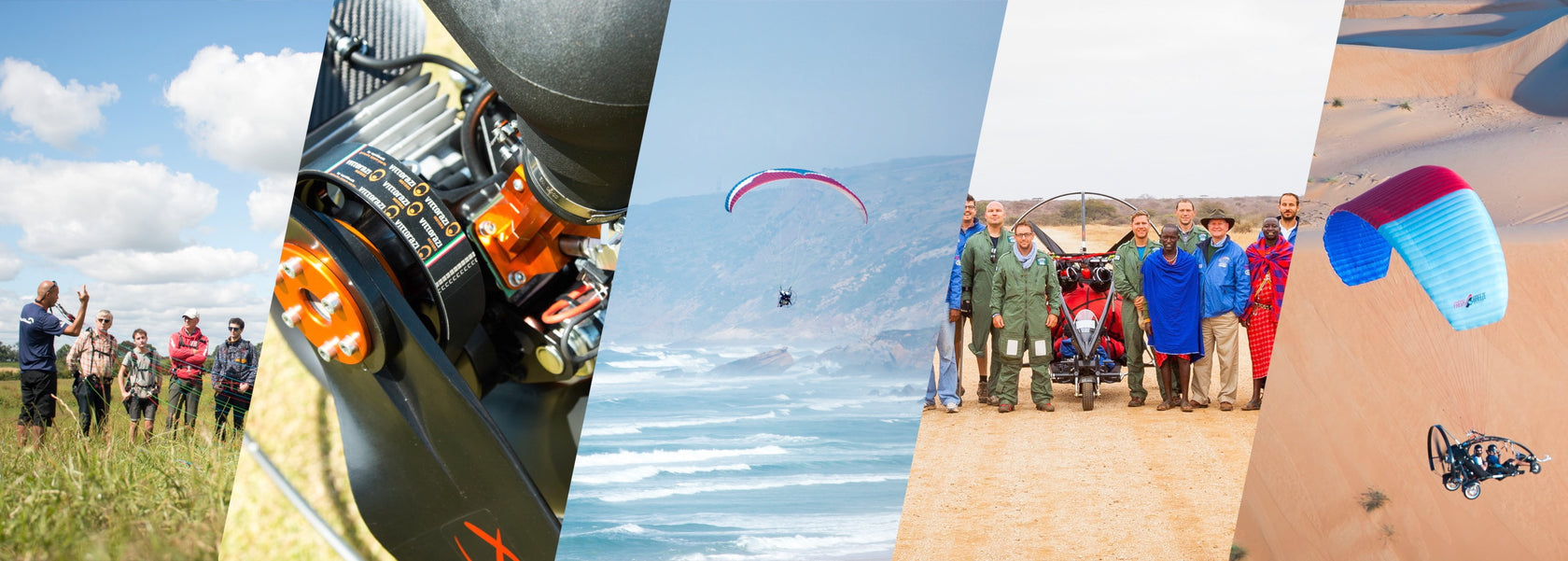APPI PPG
APPI PPG is part of APPI Power, the International Paramotoring and ParaTriking Association responsible for licensing Pilots, Tandem Pilots and Instructors around the world. All of SkySchool's Paramotor Courses follow the APPI PPG Training Syllabus, which is designed to allow students to learn in a safe and professional way. SkySchool runs APPI PPG Instructor Workshops around the world. For more information about booking an APPI PPG Instructor Workshop contact us.
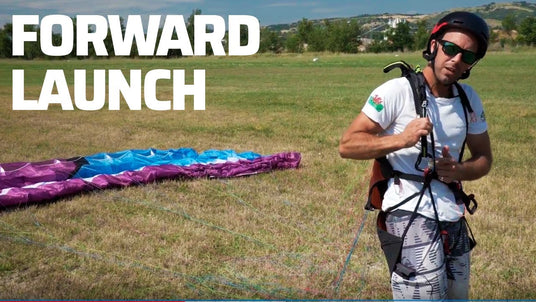
Days 1 and 2
Open Sky Course
- Introduction and completion of all paperwork
- Lecture 1: Theory of Flight
- Introduction to the Wing and Harness
- Untangling, folding and care of the Wing
- Wearing the harness, clipping into the wing and 6 point checks
- Forward and Reverse launch training
- Ground Handling Training
- Hand Towing Training no higher than 30ft
OPTIONAL: Student Training Flights in a Tandem Paramotor
OPTIONAL: Low hops from no higher than 250ft having completed the above training - Motor Safety Check List
- Safe Starting Procedures with electric and/or pull start Paramotors
- Wearing the motor and running it on the ground
- Hang Tests, Adjustments, Reserve Practice Deployments and Pre Solo Flight Simulation
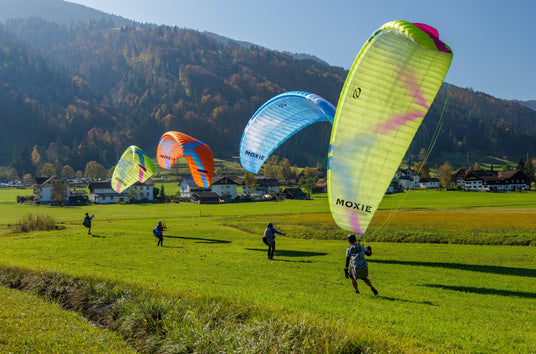
Days 3 to 6
Adventure Pilot Level Course
- Lecture 2: Basic Meteorology
- Lecture 3: Basic Air Law
- SKILLS CHECK: Forward Launch Competency
- SKILLS CHECK: Reverse Launch Competency
- SKILLS CHECK: Ground Handling Competency
- SKILLS CHECK: Landing Competency
- SKILLS CHECK: Pre-flight checks, site assessment, weather to fly, motor usage competency after lectures and briefings
- Lecture 4: Pre-Solo Flight Briefing
- Flight 1: A multiple circuit flight of between 20 and 30 minutes in an open, unobstructed area, in smooth conditions and wind speeds less than 10mph, under the supervision and guidance of a qualified APPI PPG Instructor.
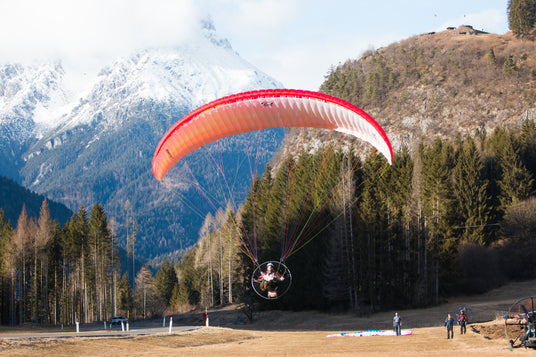
Days 7 to 12: Theory
APPI PPG Pilot Level Course
- Further Meteorology Lecture
- Further Air Law Lecture
- Effects of the Motor upon the Wing Lecture
- Navigation and Flight Planning Lecture
- General Paramotoring Information Lecture
- Pilot Level Exam
SkySchool has an online Theory course that takes you through all of the lectures with a series of diagrams and films, culminating in an exam consisting of 30 multiple choice questions and a 70% pass mark.
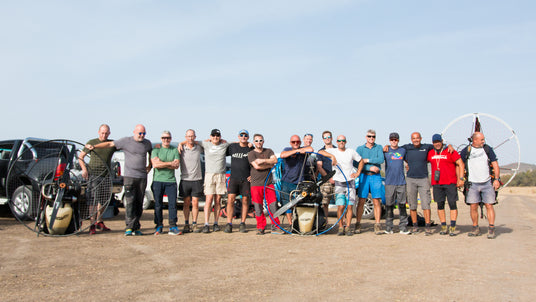
APPI PPG pilot Certification
SKILLS CHECK: Capable of Forward and Reverse Launching without assistance from Instructor
SKILLS CHECK: Capable of performing stand up landings into wind without assistance from Instructor
SKILLS CHECK: Minimum total of 3 hours and 15 flights as a Solo PPG Pilot
PILOT EXAM: Students must must pass a multiple choice Exam, after which they will qualify as an APPI PPG Pilot.

